Mechanism analysis and effect of Styrene Acrylate Copolymer
Styrene Acrylate Copolymer (SAC) is a type of copolymer made by polymerizing styrene and acrylate monomers. This copolymer is widely used in various industries, including coatings, adhesives, sealants, and construction materials. Let's discuss the mechanism of its formation and its effects in different applications:
Mechanism of Styrene Acrylate Copolymer Formation:
Monomer Selection:
Styrene and acrylate monomers are selected as they can copolymerize to form a stable and versatile polymer.
Free Radical Copolymerization:
The copolymerization process involves free radicals, which are highly reactive species. Initiators, often peroxides or azo compounds, generate free radicals that initiate the polymerization of both styrene and acrylate monomers.
Copolymerization Kinetics:
The relative reactivity of styrene and acrylate monomers determines the composition of the copolymer. The reaction kinetics and conditions are adjusted to achieve the desired properties of the final copolymer.
Random Copolymer Structure:
The copolymer typically has a random arrangement of styrene and acrylate units along the polymer chain. The distribution of monomer units influences the copolymer's properties.

Effects of Styrene Acrylate Copolymer:
Adhesion and Cohesion:
SAC is known for its excellent adhesion properties. It forms strong bonds with various substrates, enhancing the cohesion of materials in applications like adhesives and sealants.
Recommended article:4'-Methylpropiophenone: An Insight into its Properties and Applications
Enhancing Embroidery Artistry: Exploring the Wonders of Embroidery Adhesive
What is the use of carboxymethyl cellulose?
Are Cosmetic Raw Materials Safe for Use in Beauty Products?
What is the process of blending NPK fertilizer?
Hydroxypropyl Methyl Cellulose (HPMC) as a Stabilizer in Emulsion Systems
What is difference between plastic emulsion and acrylic emulsion?
Flexibility and Toughness:
The incorporation of acrylate units imparts flexibility and toughness to the copolymer. This makes SAC suitable for applications where a balance between flexibility and strength is required, such as in coatings and elastomers.
Weather Resistance:
Styrene Acrylate Copolymer is often used in exterior coatings due to its resistance to weathering and UV degradation. This makes it suitable for outdoor applications where long-term exposure to sunlight and environmental conditions is expected.
Emulsion Stability:
SAC is commonly used in emulsion polymerization processes to create stable dispersions. The copolymer stabilizes the emulsion, preventing phase separation and allowing for uniform coatings and paints.
Water Resistance:
The hydrophobic nature of styrene units contributes to the water resistance of SAC. This property is beneficial in applications such as water-based paints and coatings.
Film Formation:
SAC can form smooth and continuous films, making it valuable in applications like paint, where an even coating with good coverage is essential.
Cost-Effective Solution:
Styrene and acrylate monomers are often more cost-effective than some alternative monomers, making SAC a economically viable option for various applications.
In summary, Styrene Acrylate Copolymer is a versatile material with a range of desirable properties, including adhesion, flexibility, weather resistance, and emulsion stability. Its synthesis involves free radical copolymerization of styrene and acrylate monomers, resulting in a copolymer with a random arrangement of units along the polymer chain. The specific properties and applications of Longou SAC can vary based on the copolymer composition and the intended use in different industries.
What is EVA polymer used for?
Advantages and Applications of UV Roller Varnish
What is polyurea coating, and how does it provide protective and durable solutions for metal and floor surfaces?
Regulation and Control of Sulfur Dioxide Emissions
What is the use of sulfonyl chloride?
Which grade of HPMC is best?
GPPS Plastic Material: Unlocking the Potential of Versatile Thermoplastic
Related Articles


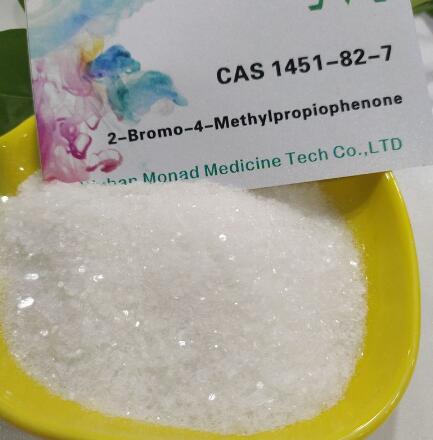
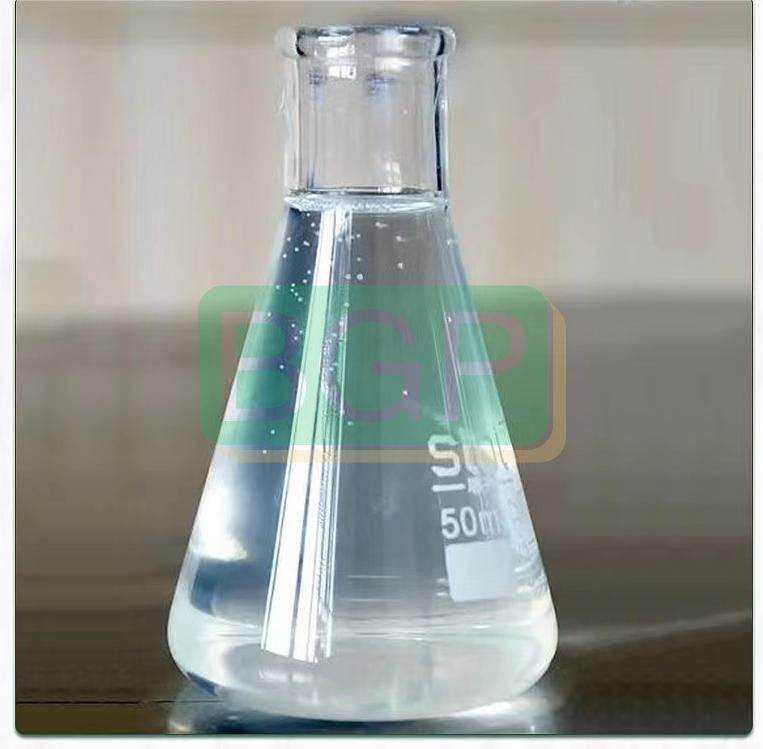
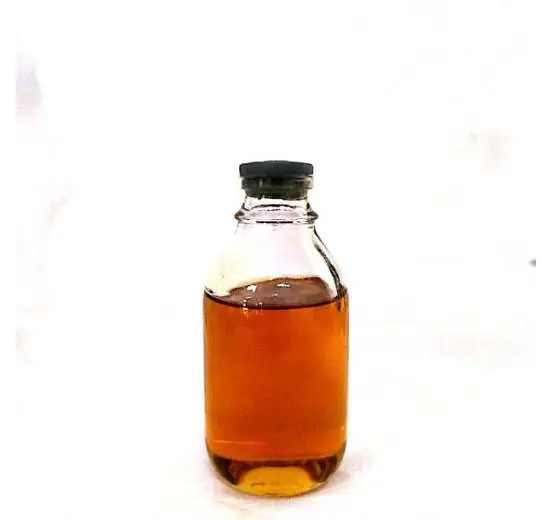
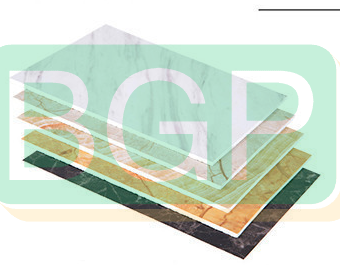
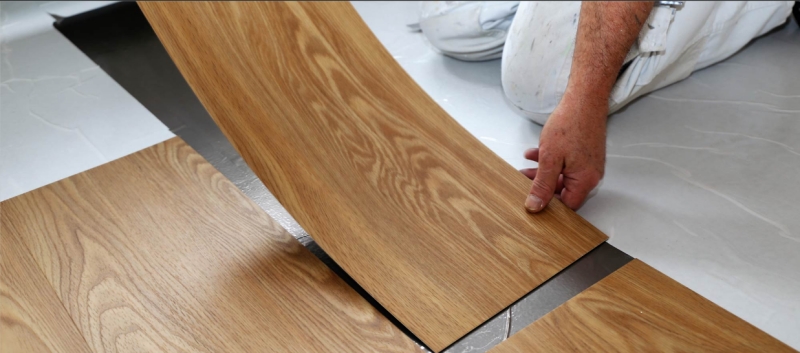

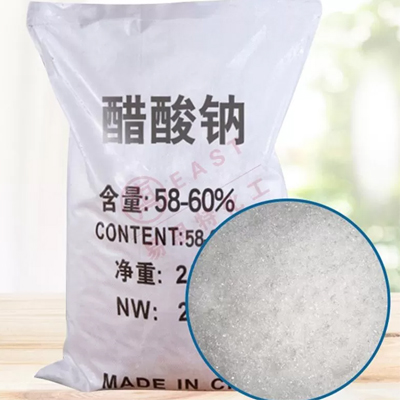
Comments
0